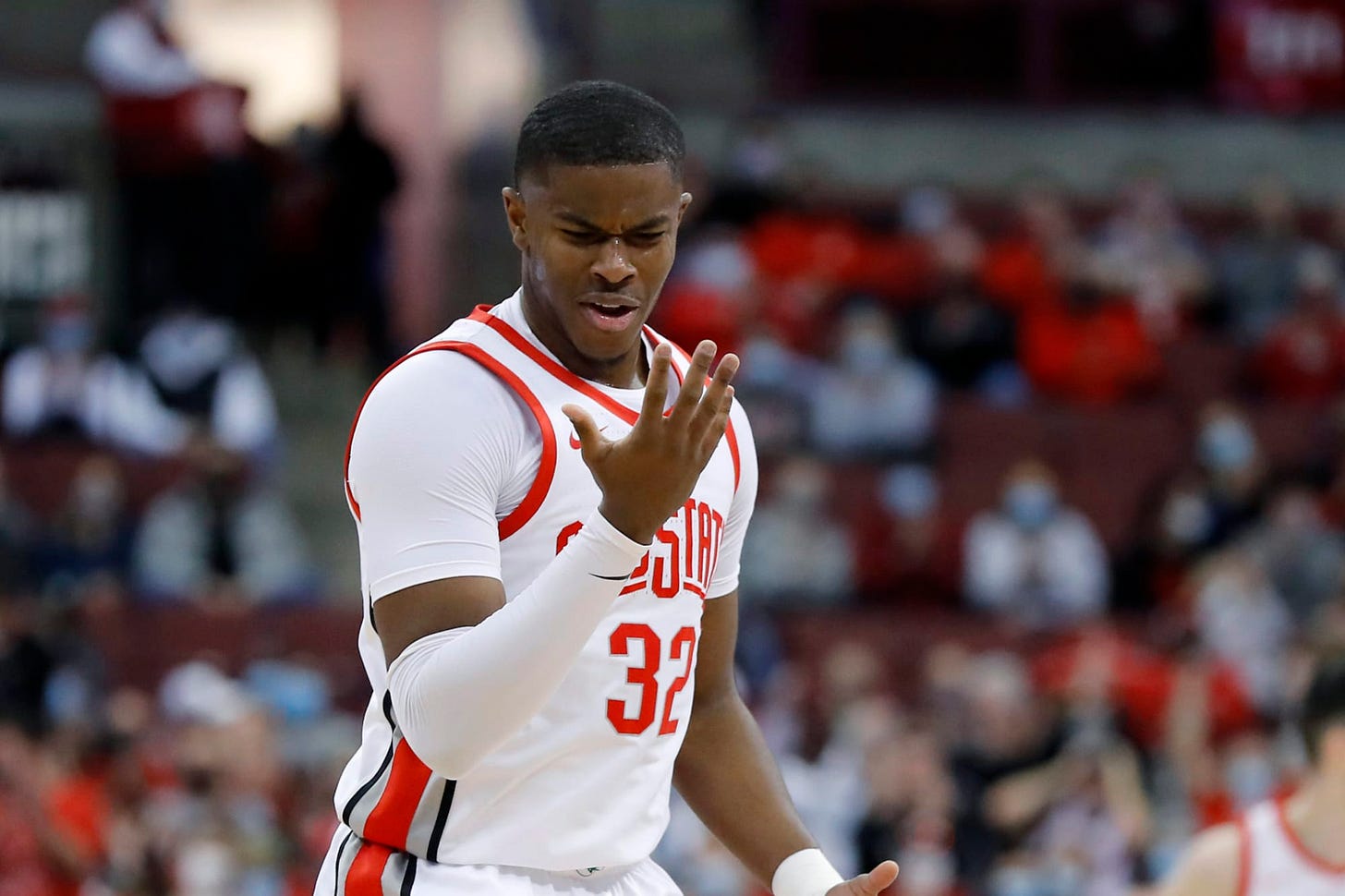Prospect Microscope: E.J. Liddell
The Ohio State Buckeye might be the prospect who suits Minnesota's needs the most.
For Tim Connelly, freshly-minted President of Basketball Operations for the Minnesota Timberwolves, there are going to be a plethora of options for him with the 19th pick in the draft. It’s his first move as one of the wealthiest lead executives in the league and all of the eyes around the fan base will be fixated firmly …
Keep reading with a 7-day free trial
Subscribe to Howls and Growls to keep reading this post and get 7 days of free access to the full post archives.




